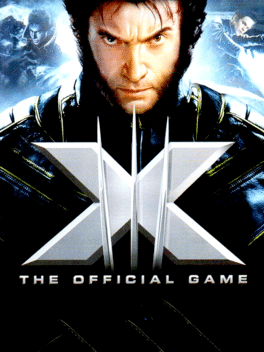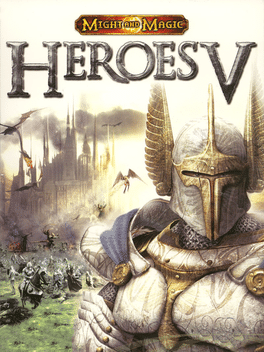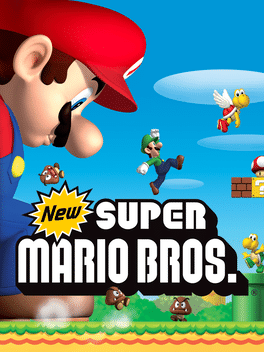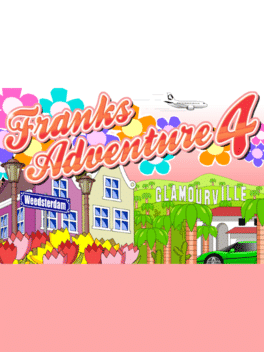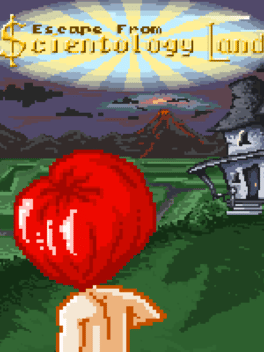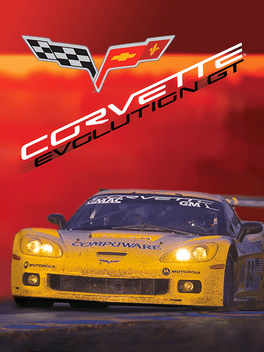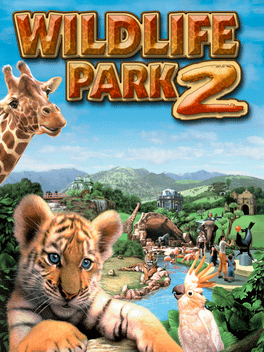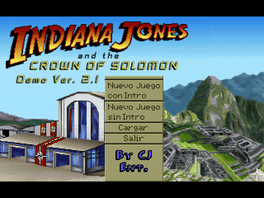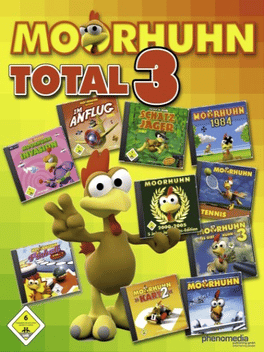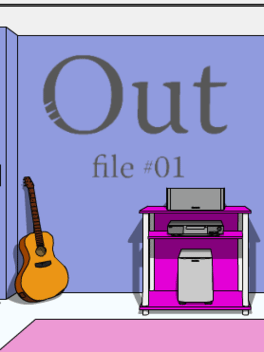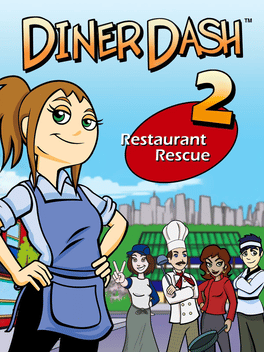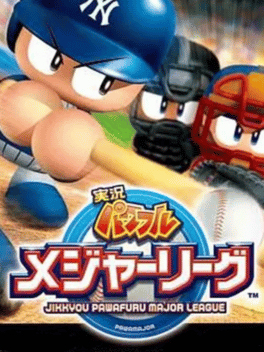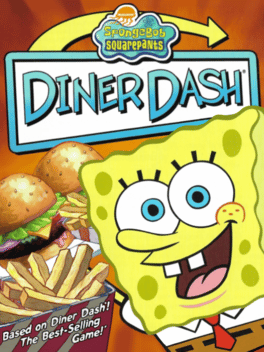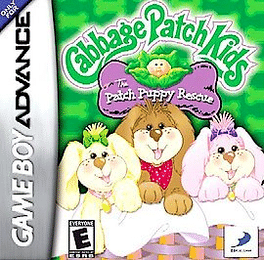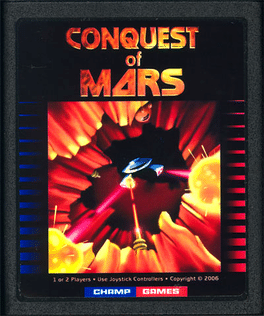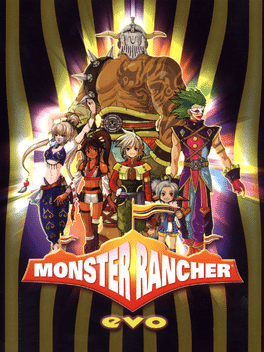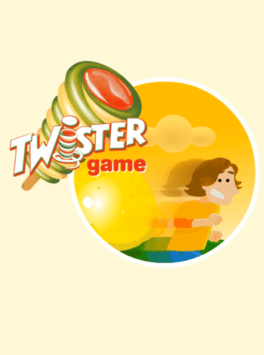New Games - Page 10275
-
X-Men: The Official Game
2006
star 5.8X-Men: The Official Game (also known as X3: The Official Game) is Activision's tie-in video game to the 2006 film X-Men: The Last Stand. The game covers the events of the films X2: X-Men United and X-Men: The Last Stand, specifically following the characters of Wolverine, Iceman, and Nightcrawler. It also bridges the gap between the two films, explaining why Nightcrawler is not present for The Last Stand and also introduces new foes to the X-Men film canon, such as HYDRA, who FOX didn't own the film rights. The game was released on the PlayStation 2, Xbox, Xbox 360, developed by Z-Axis; Nintendo GameCube, ported by Hypnos; Microsoft Windows, ported by Beenox; Game Boy Advance, developed by WayForward Technologies; and Nintendo DS, developed by Amaze Entertainment. -
Heroes of Might and Magic V
2006
star 8Witness the amazing evolution of the genre-defining strategy game as it becomes a next-generation phenomenon, melding classic deep fantasy with next-generation visuals and gameplay. In the renowned Might & Magic universe, demon swarms spread chaos over the land in a relentless assault. The fate of the world is at stake and Heroes from a variety of legendary factions must stand up to defend their causes. Live their fate, lead their forces to victory, and unveil the secret goal of the Demon lords. -
Big Fat Awesome House Party
2006
Big Fat Awesome House Party was an online video game created by Cartoon Network's interactive division and Powerful Robot Games featuring the characters of Foster's Home for Imaginary Friends, and was similar to the Nintendo's Animal Crossing series. -
New Super Mario Bros.
2006
star 8.7New Super Mario Bros. is a side-scrolling 2.5D action-adventure platformer game for the Nintendo DS, starring Mario and Luigi. The game features a solo story mode with Mario or Luigi, a two-player wireless game Mario Vs. Luigi, as well as a minigame mode for up to four players. The gameplay of New Super Mario Bros. is very much like that of the classic 2D platformers, mostly Super Mario Bros. and Super Mario Bros. 3, and substantially builds upon them to create gameplay both classic and contemporary. As the game is on DS, the touch screen allows players to store an additional power-up and view the distance still to go in a level. -
Franks Adventure 4
2006
Franks Adventure 4
2006
Frank's Adventure 4 is an adult top-down indie Flash game by Mausland Entertainment from 2006. -
Escape from Scientology Land
2006
In this game, you are kidnapped by the Church of Scientology and sent to their evil world headquarters in Scientology Land to be brainwashed. Can you get out alive? -
Corvette Evolution GT
2006
star 3.9Evolution GT is a racing game that gives the player the opportunity to experience the life of a real racing driver, and the evolution of his alter ego throughout the course of his career. By choosing appropriate race tactics and driving styles, and placing well in the races, the player will grow in his ability to compete at an ever-higher level, gaining access to new racing cars as well as roadsters, coupès and eventually dream cars such as the Bugatti EB110 and the Pagani Zonda. Races take place across Europe; from the beautiful landscapes of the Scottish Highlands and the Cote d'Azur to the monumental wonders of London and Barcelona, without missing out on famous racing venues such as Laguna Seca or Hockenheim. -
The Secrets of Da Vinci: The Forbidden Manuscript
2006
star 6The Secrets of Da Vinci: The Forbidden Manuscript is an adventure game which takes place in Italy in 1522, 3 years after Leonardo Da Vinci's death. It is not the same as the action/adventure game titled after the movie, The Da Vinci Code, but an entirely different game. Using a point-and-click interface, explore the estate of Leonardo Da Vinci which is replicated on-screen in 3D. Meet and converse with the current resident of the manor and the grounds keeper. Consultations and historical documents from the Chateau du Clos Lucé (formerly the Manoir du Cloux) assisted the developers in depicting the estate and grounds with historical accuracy. Puzzles are based on the actual works of DaVinci and are a mixed variety of mechanical, scientific and alchemic. Most require simple logic and deduction but some are triggered by discovering the correct clue. Solving puzzles inside Valdo's interactive journal is necessary as well. The game is divided into 4 Chapters (days). There are several different endings possible depen -
Wildlife Park 2
2006
Wildlife Park 2
2006
star 6.6Now's the chance to build the Zoo of your dreams! Just like in a real Zoo, your animals must receive complete care. Feed them, train them, cure them and even relocate them. Observe their realistic interactions with one another, the landscape, the play equipment and even Zoo visitors. -
Moorhuhn Total 3
2006
-
"Out" file#01
2006
-
Diner Dash 2: Restaurant Rescue
2006
Diner Dash 2: Restaurant Rescue is the second installment to the popular game series Diner Dash preceded by Diner Dash. It is published by PlayFirst, like all other Diner Dash series. -
Jikkyou Pawafuru Major League
2006
star 2.5This is the first game in an western offshoot from the main Power Pro series, featuring Major League Baseball (American) players. -
SpongeBob SquarePants: Diner Dash
2006
SpongeBob Diner Dash is arcade action with an undersea twist! Mr. Krabs is expanding the Krusty Krab & building an empire, and SpongeBob is the new restaurants' server. Keep him on his toes and help him earn tips, while he serves customers like slippery sturgeon, antsy anchovies, and even Bubble Bass. It's up to you and SpongeBob to seat, serve and satisfy even the squirmiest of patrons. -
Cabbage Patch Kids: The Patch Puppy Rescue
2006
The Cabbage Patch Kids recently rescued puppies and are holding a lunch in town square to celebrate their new additions. While the puppies nap in the Babyland Playroom, the kids head to lunch in the square. Upon their return they find that they puppies have wrangled their way loose and escaped! You'll track them down in the park, in town, even at a car wash! After you find everyone's puppies, you'll encounter one puppy without a home...it just so happens it's the perfect fit for you! -
Super Collapse 3
2006
Super Collapse 3
2006
star 4.7Super Collapse is back, and you won't believe the fun! The third installment of this highly addictive series boasts more action and surprise than ever before. Adventure awaits as you explore 10 fun and unique lands in the all-new Quest mode. Earn coins along the way to purchase strategic items in the Shop, or take a breather and try your luck at one of 10 mini-games in the Casino. And for the true Super Collapse aficionado, new variations and classic favorites in our Quick Play mode deliver endless, back-to-back challenges. Explore the secrets of Collapse world in 140 brand new puzzles! -
Conquest of Mars
2006
Conquest of Mars
2006
In the year 4014, the planet Earth and the planet Mars are locked in a century-long war. The Martians have devised a plan to destroy Earth using the power from their latest weapon: the Destructo-Bomb!! The Martian forces have managed to construct five bombs and have placed them deep inside the Martian Caverns, awaiting the final command from their leader to attack!!! Do you have the skill to navigate to the depths of the Martian caverns, active the Destructo-Bombs, and escape before they explode? Good Luck! Conquest of Mars is an accurate translation to the Atari 2600 of a popular Atari 8-bit computer title. Destroy the Martian rebellion by descending through the six caverns of Mars to activate the main energy reactors and escape to the surface before they blow up! Do you have the skill and quick reflexes required to descend into the Martian depths without being annihilated? And once you reach the bottom, can you make it out alive? -
Monster Rancher EVO
2006
Monster Rancher EVO
2006
star 4.4Monster Rancher EVO introduces an evolution in monster breeding with an intricate character-driven story, a two-phase training system, three-on-three battles and the ability to raise multiple monsters at a time. Players will balance monster breeding with role-playing exploration as they join in the adventures of Julio, a young circus performer with dreams of becoming a champion monster breeder. Traveling with the circus to seven different towns, the player will meet new adventures and new friends who can help with training and breeding monsters. Keeping in tradition, Monster Rancher EVO features the series' unique media disc input system that creates monsters based on the CD, PlayStation 2 game, or DVD the player inserts into the PlayStation 2, this latest incarnation of Monster Rancher presents an evolution of the series. -
Twister Icefun
2006
Twister Icefun
2006
Promotional advergame given away with Twister ice cream, infamous for its questionable sound design

